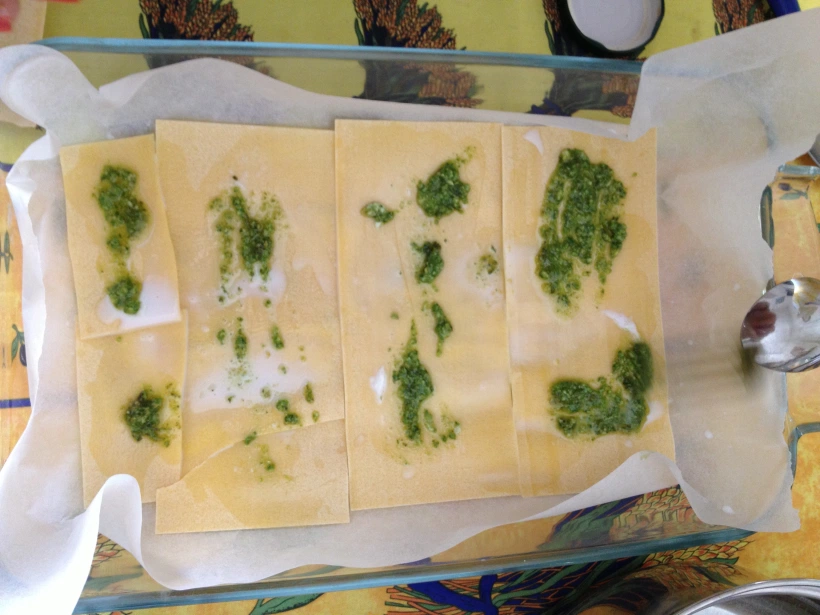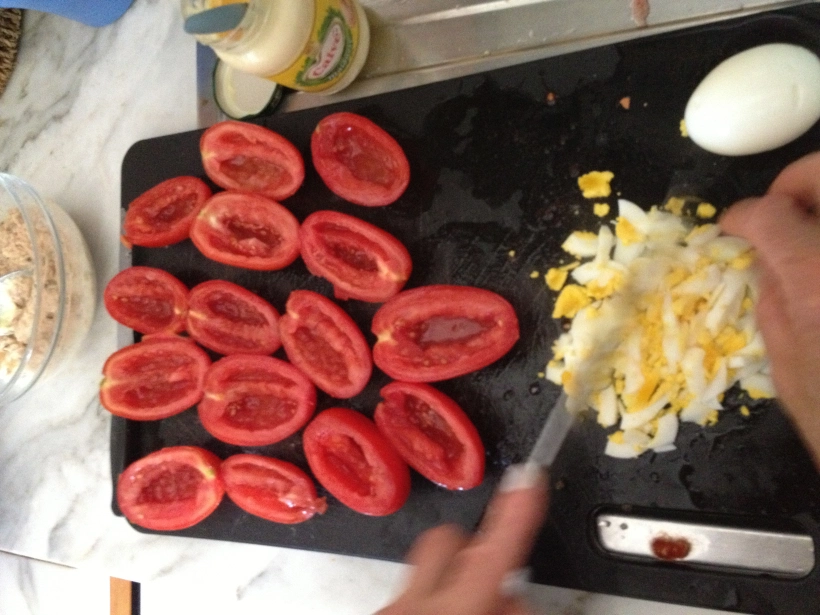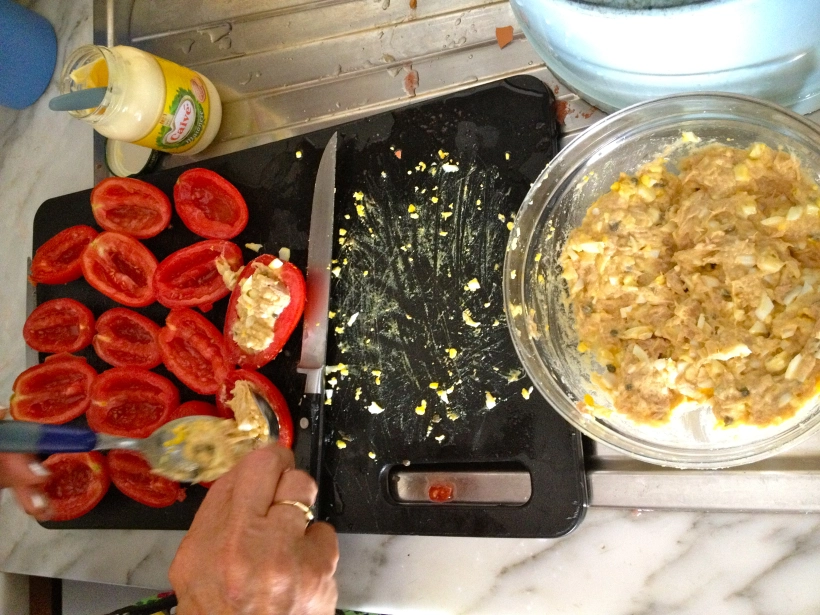Practice makes perfect. But what exactly is “perfect”? Talking about obscure things, like the foggy ideas that swim in our minds, this is the best example I found in my everyday life. Trying to do your best is what I’ve been taught to do and what I’ve always considered the strongest skill. Besides being an abstract and subjective concept, setting high standards can move mountains and people with the sole power of self control and determination.
Certainly, striving for excellence is a very powerful way to get things done and motivate yourself. You visualize the destination of your journey, you keep coaching yourself and your chances to give up are as low as you can imagine. See for examples athletes, that undergo very long trainings to meet their expectations, but also scientists and artists. Pictured like this, the ride towards “perfect” seems the ultimate trick to success, but being a perfectionist can be very hard. Nothing is never ok until you’ve checked it enough. And “enough” always means a lot. If you don’t put a limit to this attitude, you might end up paralyzed in a broken mechanism, repeating the same things millions of times and never going any further. And we don’t really want to stay still and waste our energies, right?
Michelangelo Buonarroti, one of the best artists of all times, used to destroy the artworks that he didn’t consider flawless. Imagine how much beauty the world would be filled of if people was less severe. Moreover, psychologists say that perfectionism is a self-defeating behavior and in its pathological form makes us vulnerable and can drive to unipolar depression, anorexia and suicide. As always in life, the key is balance. Yes, but how do you understand when is the moment to turn the page and switch to the next step? Here are a few hints on how to limit your perfectionism:
- face it
Do you set yourself always higher and sometimes unachievable standards? Have you ever stopped before you even started? Do you feel anxious because you could possibly make mistakes? Are you so critical that you’d rather do things yourself, because you are the only person you can trust? Do you check and re-check what you are doing millions of times? Do you get nervous if nobody sees your commitment and achievements? Are your friends and colleagues under pressure when you are around?
If you answered YES to at least one of these questions, then read forward. Don’t pretend, face the problem, notice your attitude and try to make sure you don’t lie to yourself. Being conscious is your first step.
- be realistic
Perfect doesn’t exist. You know it, just tell your hellish self that the world is beautiful because it’s not perfect. There’s no right way to be, there is your way, my way and so on. Everyone deserves the chance to express himself, and you need to give your creativity this opportunity. Don’t try to appear at your best and to please others. People won’t judge you by what you are doing: there is nobody outside looking at you with the same critical mind that you imagine. Really, they have other things to do.
- stop talking, do it
Now that you understood that you can try, then stop procrastinating and do it. You have plans, dreams, ideas and so many wonderful interests that you don’t know where to start? Just pick one and go for it. What if you fail? Failure is a risk, but also an opportunity to learn. It’s not a tragedy. Remember, the best ideas come from failures.
- meditate
Take some time for yourself to set your goals, talk to your inner self and make peace with it. Love yourself, love your body, love your mind, embrace your fears, recognize your achievements. See every step that you are taking, be in the present moment and be aware of what you feel every day. Only by listening to yourself you can grow, overcome fears and get better. Not perfect, just better.
“Perfect is enemy of good” Voltaire






